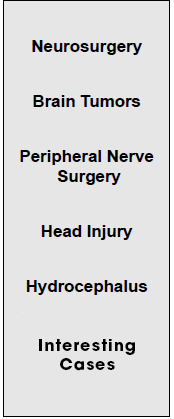
|
|
C A S E O F T H E M O N T H
CARPAL TUNNEL SYNDROME
A 48 year old housewife noted progressive numbness (“namamanhid”), tingling (“parang may tumutusok”), and pain in her right hand. This started two years ago, usually after she uses a knife to chop vegetables or uses a broom to sweep the floor. Her symptoms were mild at the start and did not occur often, so she took Vitamin B complex upon the advice of her friend and did not see a doctor. However, her symptoms worsened in the past year and became more severe and more frequent. The numbness and pain became bad enough to wake her up at night, and she would shake out her hand to improve the circulation and relieve the pain and numbness.
When she consulted a doctor, she was diagnosed to have carpal tunnel syndrome. Additional tests (electrical studies) were done and confirmed the diagnosis. She was advised to use a wrist splint but this did not improve her symptoms. She was then referred to a surgeon for further treatment.
The patient underwent carpal tunnel release, a short and simple operation that is usually done under local anesthesia. The operation lasted for 30 minutes, and she went home after resting for a couple of hours. She did not even need to be admitted. She noticed immediate improvement in her symptoms a few days after her surgery, and she is now finally able to get a good night’s sleep.
Carpal tunnel syndrome occurs when the median nerve in the hand is compressed by the transverse carpal ligament, a ligament located at the base of the hand near the wrist. The most common symptoms are numbness, tingling, and pain in the affected hand. Treatment is initially conservative, especially for mild cases, and surgery is considered if the patient does not get better with conservative treatment. The surgical operation is called a carpal tunnel release, wherein the transverse carpal ligament is cut so that it would not compress the median nerve anymore. The success rate is quite good, with improvement seen in more than 90% of patients.
|